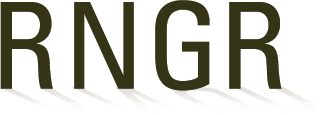Genecological considerations in grassland restoration using wild-collected seed sources
Western USA
Choice of species and seed sources to use in the revegetation of drastically disturbed lands depends on intended post-reclamation land use. When the intent is to return the land to predisturbance native plant cover and composition, the process can be termed ecological restoration. Seed sources for species used in restoration are usually wildland populations. Genecology deals with the ecological or adaptive significance of genetic variation within and among populations of plants. In contrast with plant breeding or biotechnological approaches, in restoration this knowledge is used to safeguard the genetic composition of source populations, restored populations, and populations adjacent to restored areas. Particular attention is paid to adequate sampling of source populations and to the maintenance of within-population genetic diversity through seed increase or nursery propagation phases. The goal is to initiate processes that will lead to the reestablishment of native ecosystems with diversity, resilience, and capacity for continued evoluation, nor to try to create static, idealized predisturbance vegetation.





